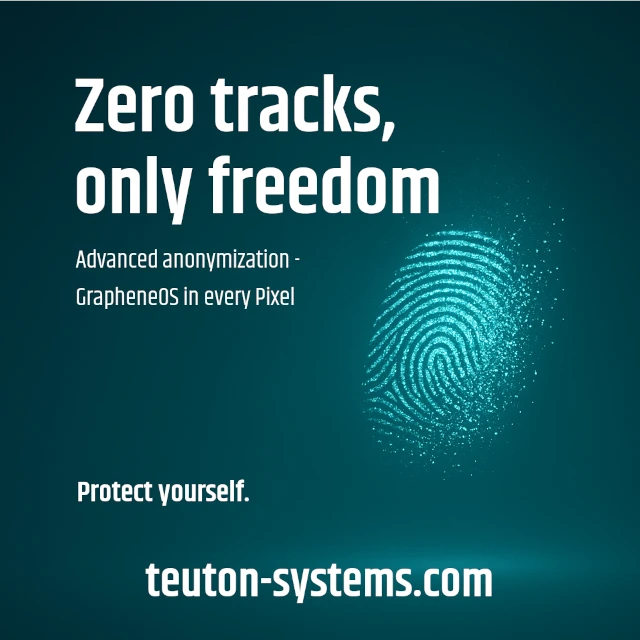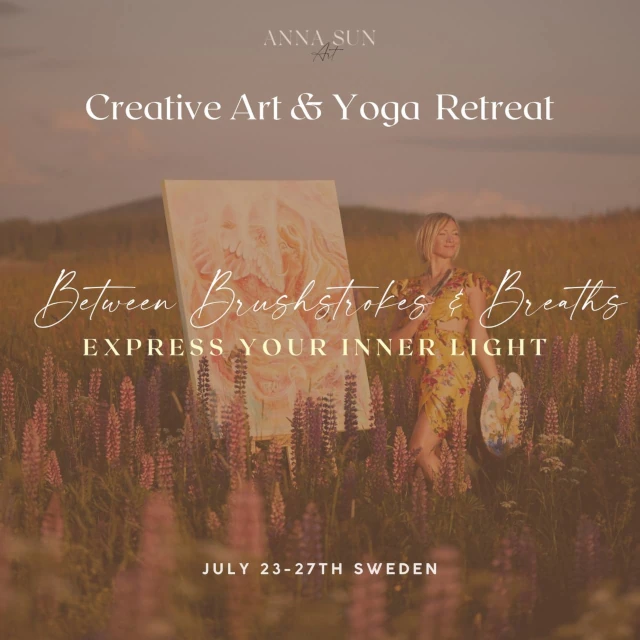ᚷ – Gebo, is the name of the seventh rune of the Futhark, sixth of the Uthark, with the IPA sound value of [g] or [ɣ].
It is the rune of gifts. The literal meaning of its name Gebo is just that – “gift” or “to sacrifice”.
This article is part of our exclusive series on the origins and secrets of the Nordic runes in the Elder Futhark and the merits of the intriguing Uthark theory proposed by the Swedish philologist Sigurd Agrell, professor at Lund University, Sweden.
The Uthark is a secret cipher, based on positioning the Fehu rune at the end of the rune row, like an ace in a deck of cards, revealing esoteric philosophy reaching deep into the heart of Norse culture and religious beliefs.
Meaning and interpretation
According to the Norse mythology, the first man and woman, Ask and Embla, grew out of nature as logs of wood. Soul qualities like spirit, understanding and feelings, however, were given by the gods, as a gift. Thus, the Norse people directed their gratitude towards the gods for their precious gift of life and generally viewed life in a Karmic way, where equal demands equal.
“So hospitable and generous no one I found, that he was not glad when given gifts, and no one so rich that a reward to him was weary“, it is written in the Hávamál poems, stanza 39.
In North Germanic society, gifts were of great importance, as the Roman historian Tacitus noted. A person was measured by the amount of gifts he or she gave to others, such as the poor and it was considered an honor to give shelter, even to strangers. Friendship was also reinforced by gifts that were not expensive but symbolic in nature.
“With his friend, man should be friendly and reward gift with gift“, it continues in stanza 42.
The relationship to higher powers in the Nordic tradition was not obsequious, but rather a question about gifts and gifts in return. Like the Vedic tradition of Puja, still alive today, the Norse also made offerings to their gods, called blót.

The painting depicts a legend from Norse mythology in which the Swedish king Domalde is sacrificed to avert famine.
The most important gift, according to the Norse, is that of self-sacrifice, as no magical power or wisdom can be reached without it. Odin, the archetype of the Norse magician, received the knowledge of the runes by sacrificing himself “to himself”. The X-shape of the Gebo-rune, fittingly, also denotes a man standing with outstretched legs and arms.
Tacitus, among others, suggested that even humans were also sacrificed by some Germanic tribes. The Roman historian’s account concerns the Semnones in particular, a tribe who lived between the Elbe and the Oder.
“At the appointed time, all peoples connected by blood relations, represented by missions, gather in a forest considered sacred: it is consecrated by the ancestors and feared from time immemorial. With a human sacrifice in the service of society, they celebrate there the horrible beginning of their barbaric ceremony.”
Human sacrifices have been found in bogs in Jutland in Denmark and in northern Germany, but it is still disputed among historians to what extent and in what contexts this occurred among Norse tribes. In fact, the basic premise of the Norse culture was that gifts and offerings should not be exaggerated – so as not to cause imbalances. Hávamál, for example, emphasizes neither to give, nor ask for too much.
“Better is not to ask or pray, than to offer (“blota”) too much, gift seeks gift in return; better not sacrificed than too much wasted“, stanza 145 reads.
Symbolism and magical use
The Gebo rune belongs to a group of runes of particular importance as it can neither be reversed nor inverted. Its meaning is therefore never changed. There are nine such runes in total; Gebo, Hagalaz, Nauthiz, Isa, Jera, Eihwaz, Sowilo, Inguz and Dagaz, which are also said to denote the nine worlds.
The number 6 is not particularly significant in Norse mythology or antique gematria, especially in comparison with 24, 13, 7 and 9, which are constantly recurring and are closely linked to mythology and ancient number magic.
However, an exciting artifact in the form of a spear shaft, called Kragehul I, dated to the period 200-475 contains three bind runes (a combination of two or more runes) with Gebo and Ansuz – thus “GAGAGA”. Based on the Uthark, this is gematrically 3*6 which makes 18 which is Odin’s number. Alternatively, 3 and 6 makes 9 which is also a significant number as we have previously noted.
“GAGAGA” also appears on the Undley bracteate from 5th century England.

Divination
The Gebo rune symbolizes an exchange of gifts between people, previous and coming generations and the gods – not only material but also gifts such as knowledge, inspiration and force.
It is a karmic rune which illustrates a balanced relation between gifts and gifts in return.
The basics of rune divination
According to Norse belief, the runes represent aspects of the web of destiny, called the web of Urd (Wyrd). This web is intimately connected to time and the three Norns; Urd, Verdandi and Skuld. The Norns are weaving the threads of the web and represent what was, what is and what is to come.
Tacitus, among others, noted that rune divination was a widespread practice among the Norse. One of the most basic forms of such divination is to pray and draw three runes on twigs or cards which will signify the three Norns. By reading the web of Urd one may understand the present of Verdandi as well as the past, and also lift the veil of Skuld and see what lies hidden in the future.
Gebo advices one to be generous and willing to sacrifice and emphasizes the importance of giving back and free oneself of debts and dependencies. There are also erotic aspects of the rune, connected to the sexual interchange between persons.
Read about the following rune Wunjo – the rune of joy
The Nordic Times


















